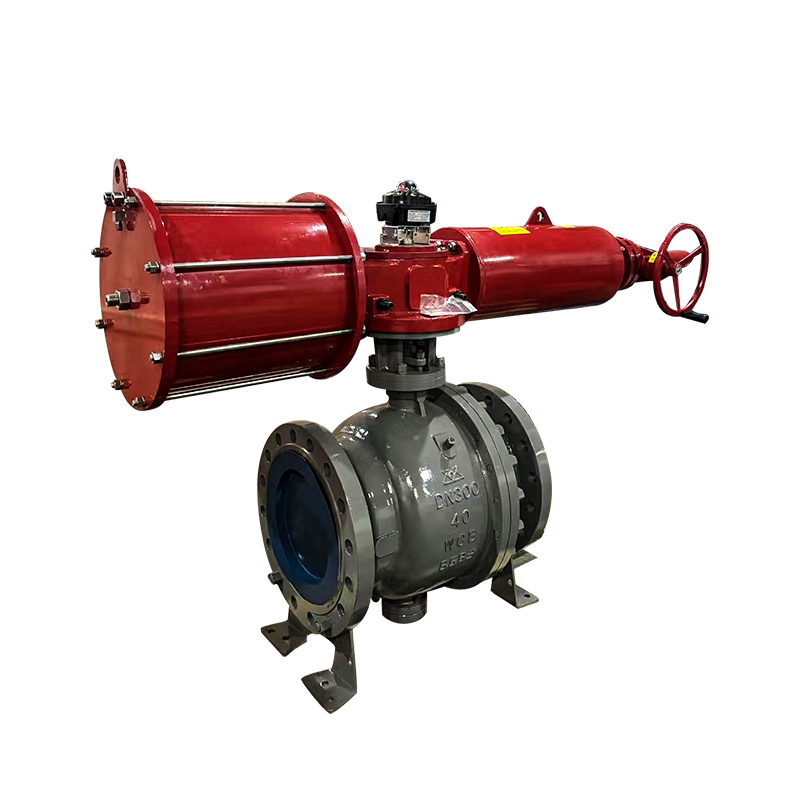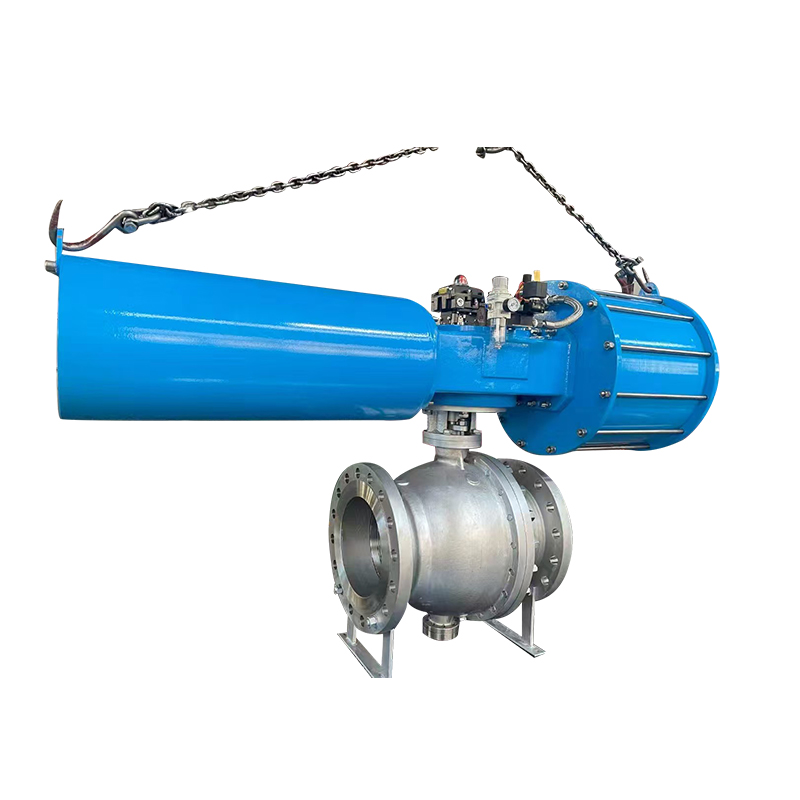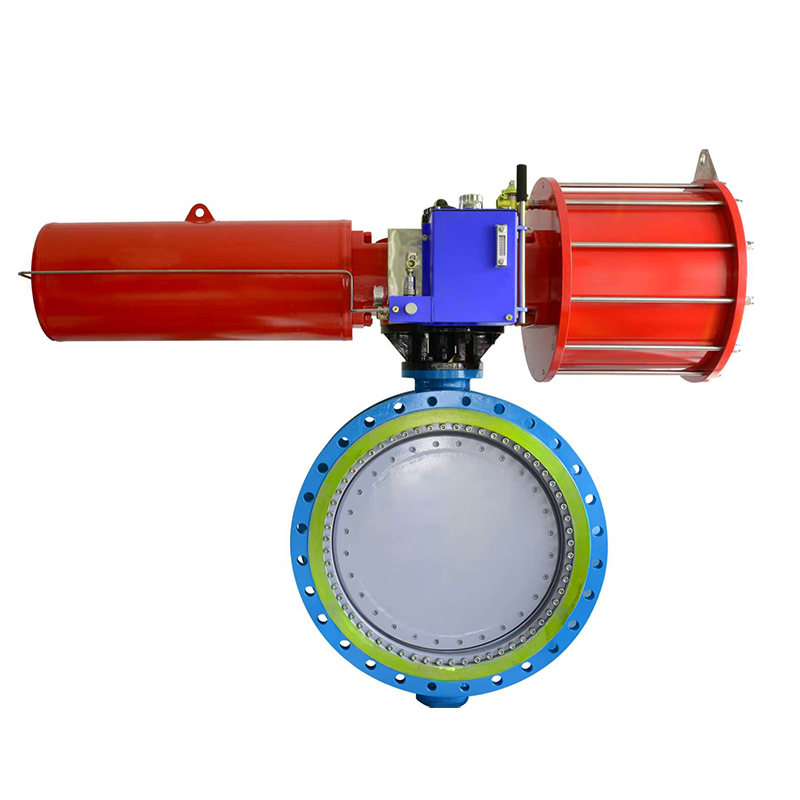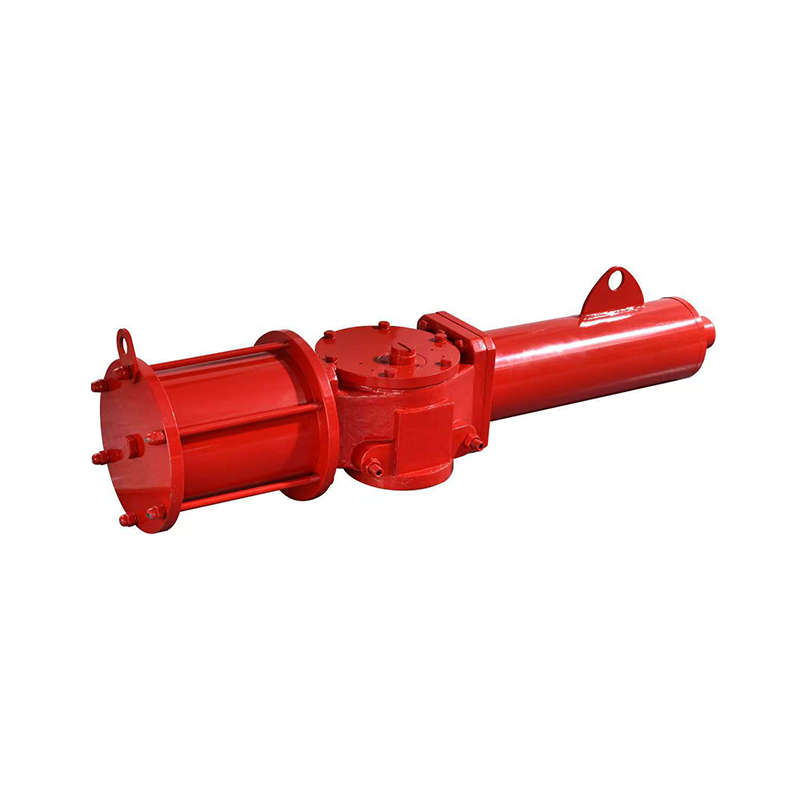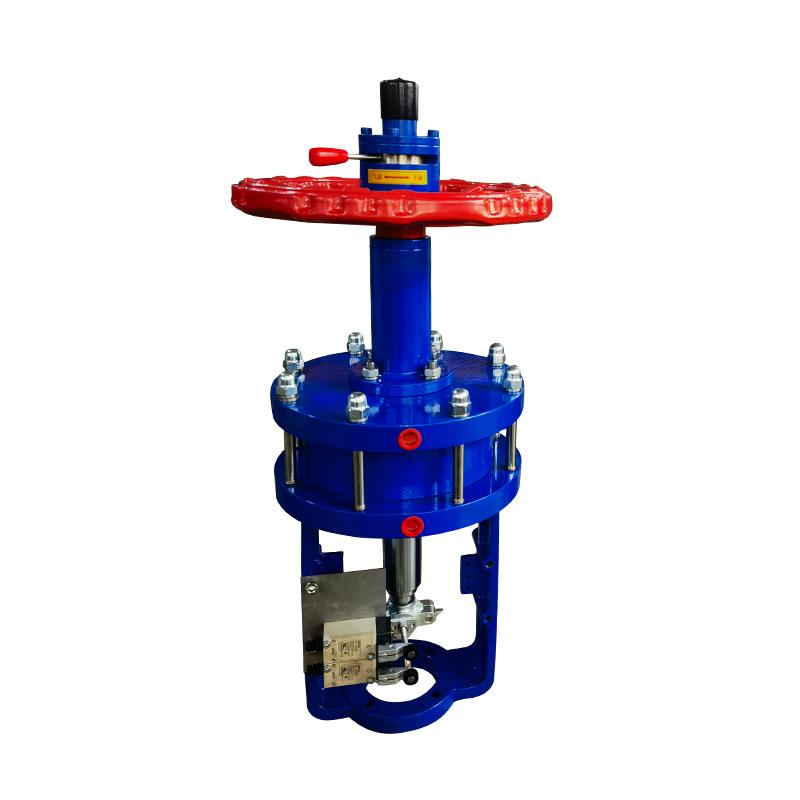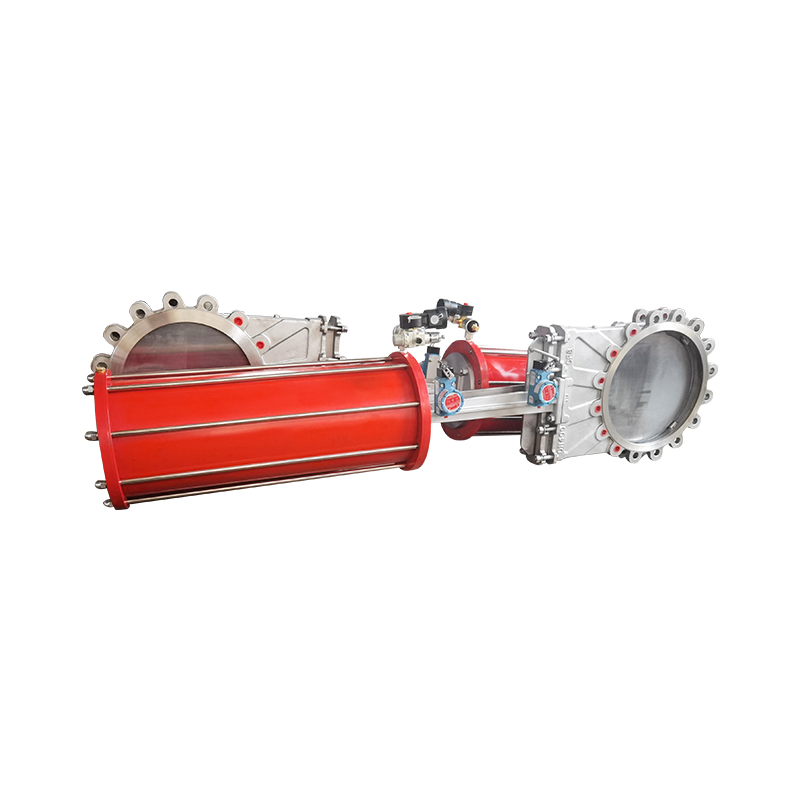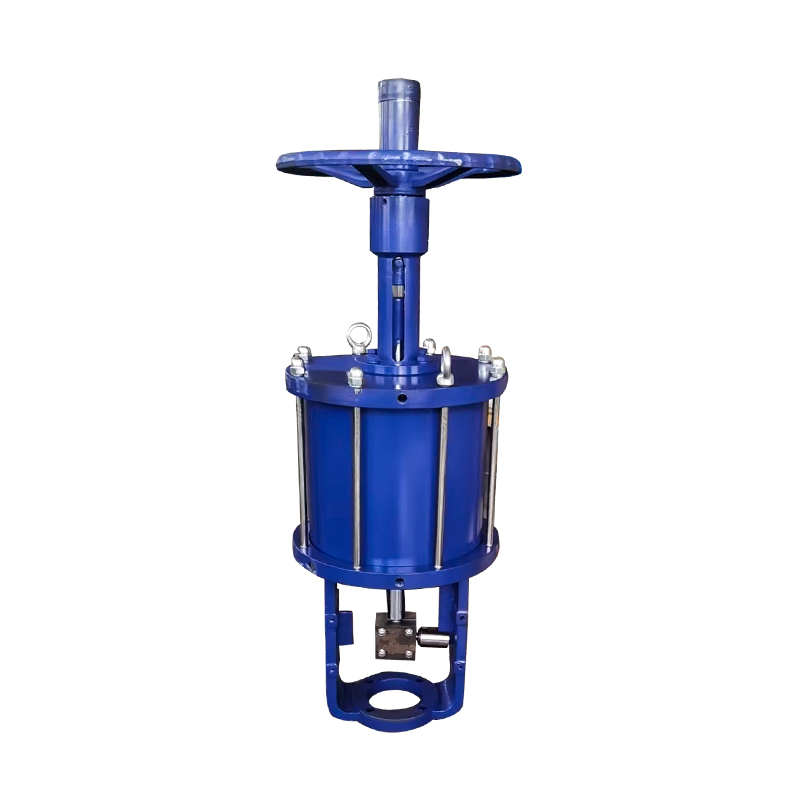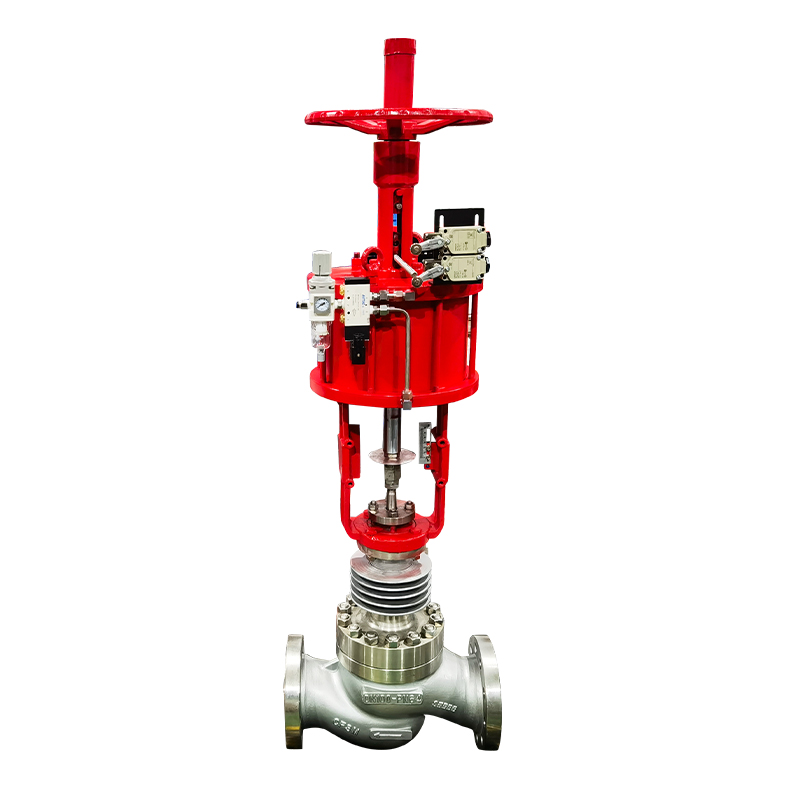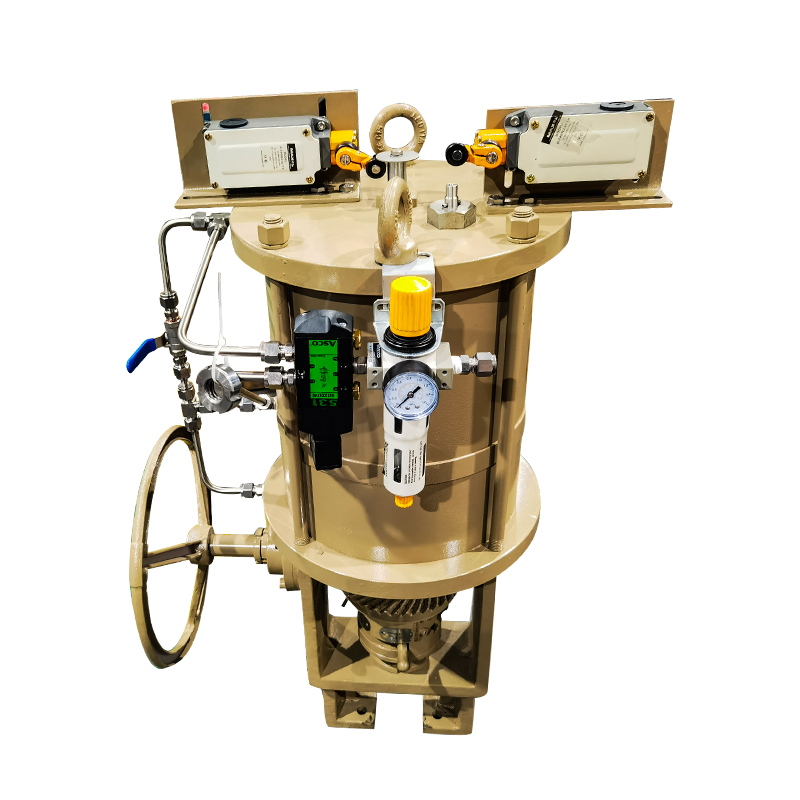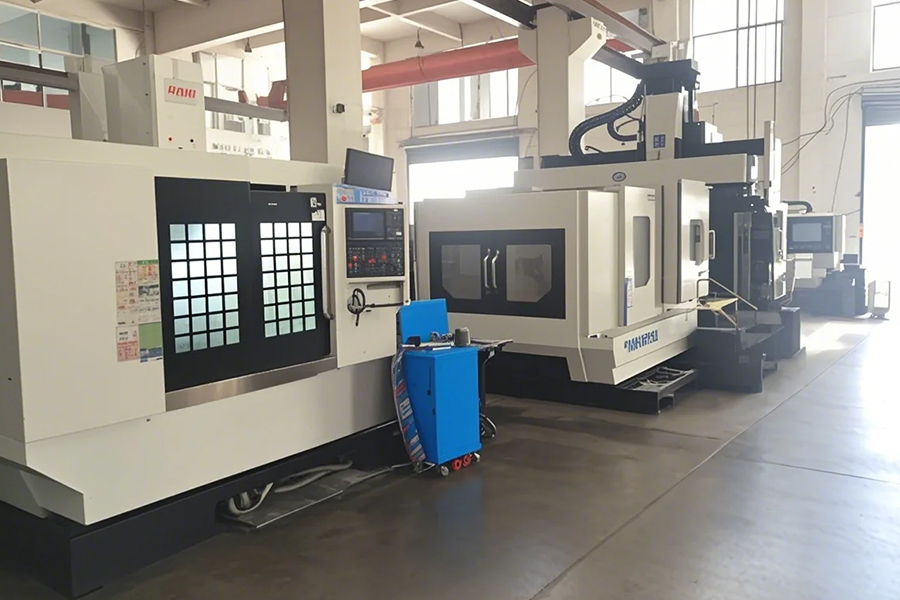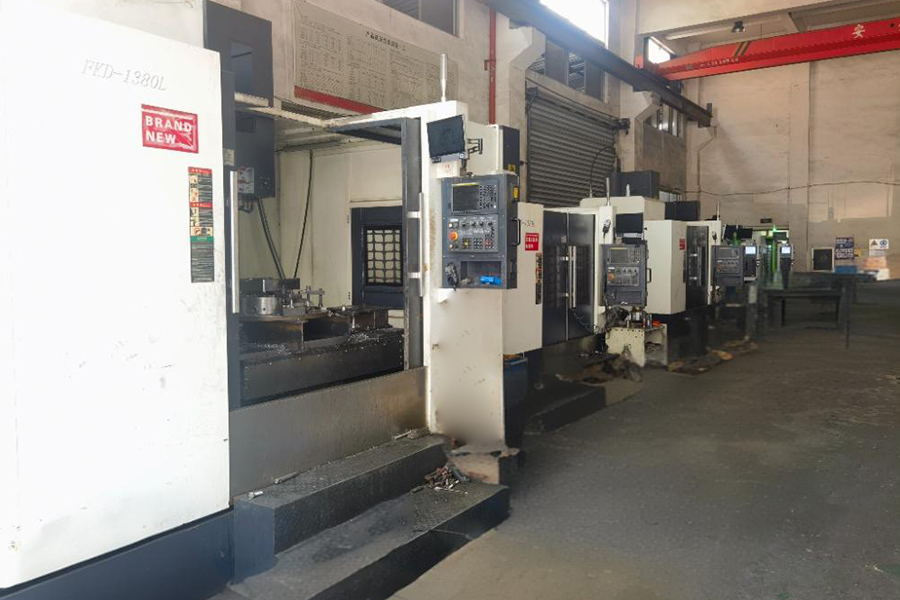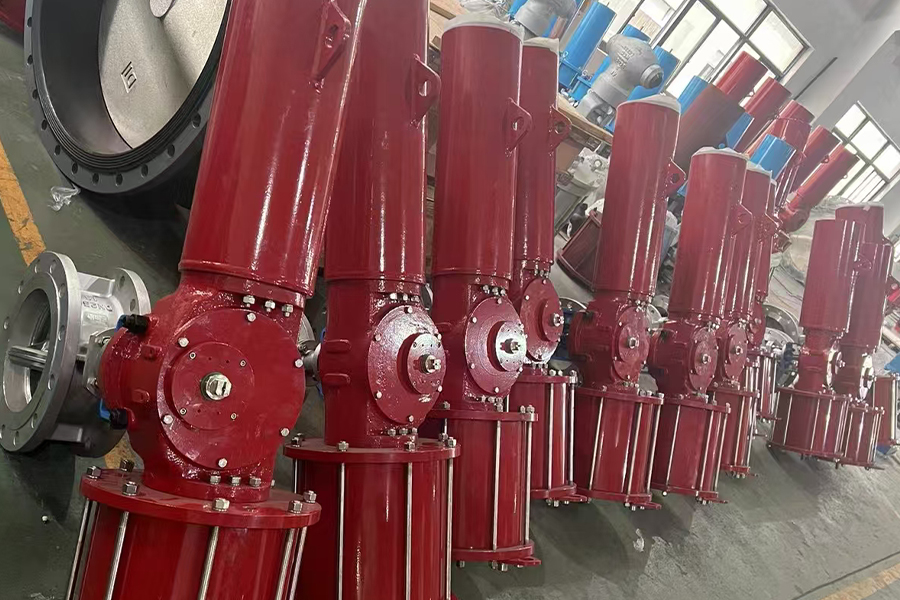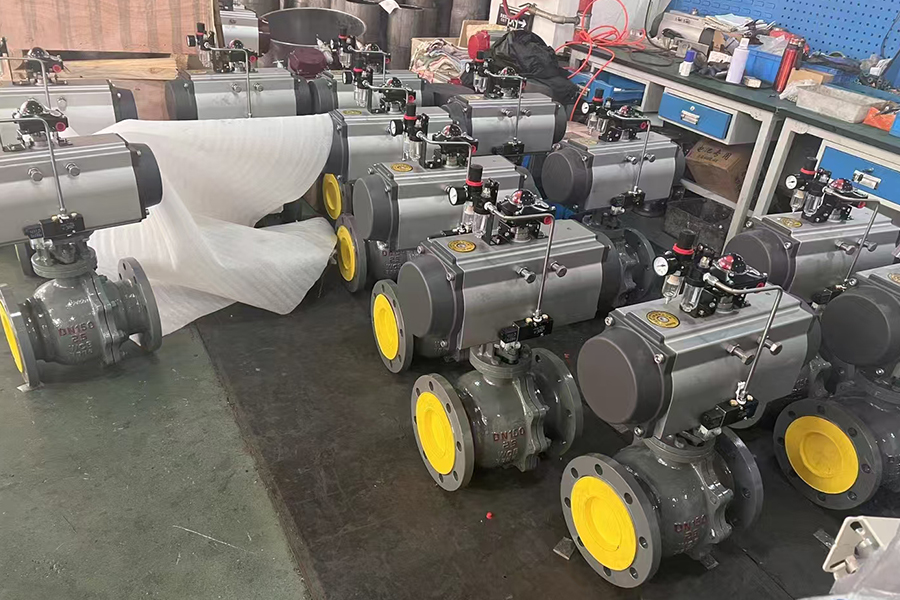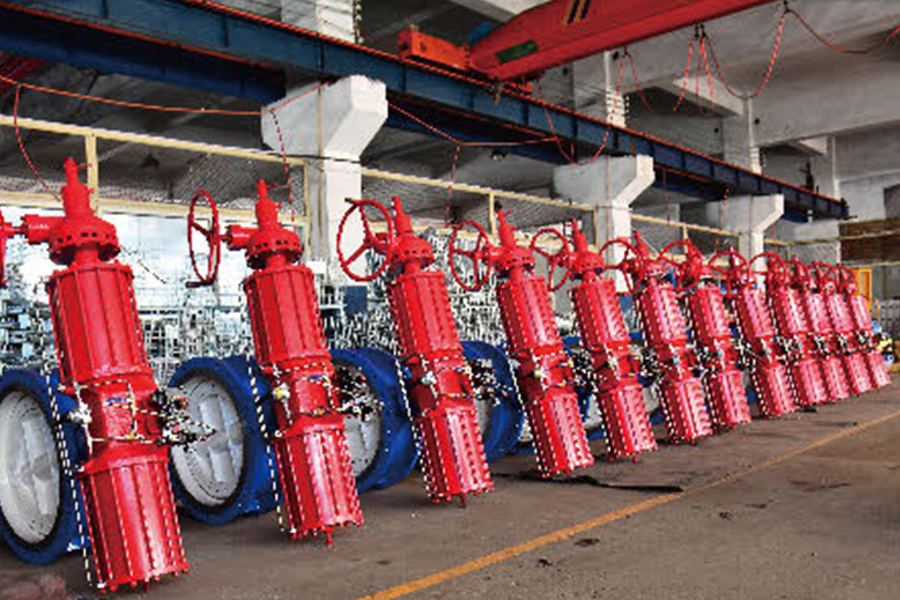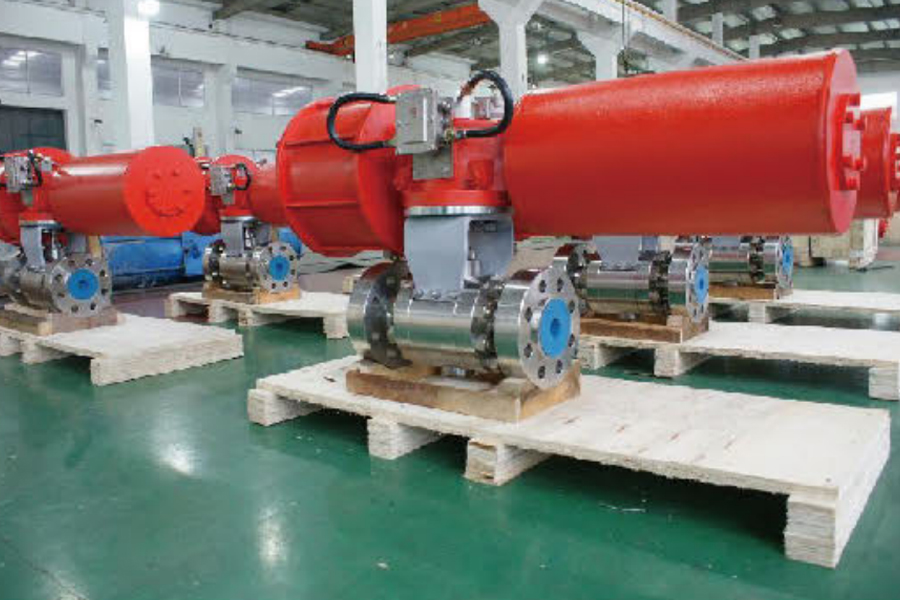A Double Acting Pneumatic Actuator Butterfly Valve combines a butterfly valve with a double acting pneumatic actuator to deliver precise and reliable control of fluid flow. The butterfly valve features a rotating disc inside the valve body that regulates flow by turning 90 degrees to open or close the passage. The double acting pneumatic actuator uses compressed air pressure to drive the valve disc both ways — to open and to close.
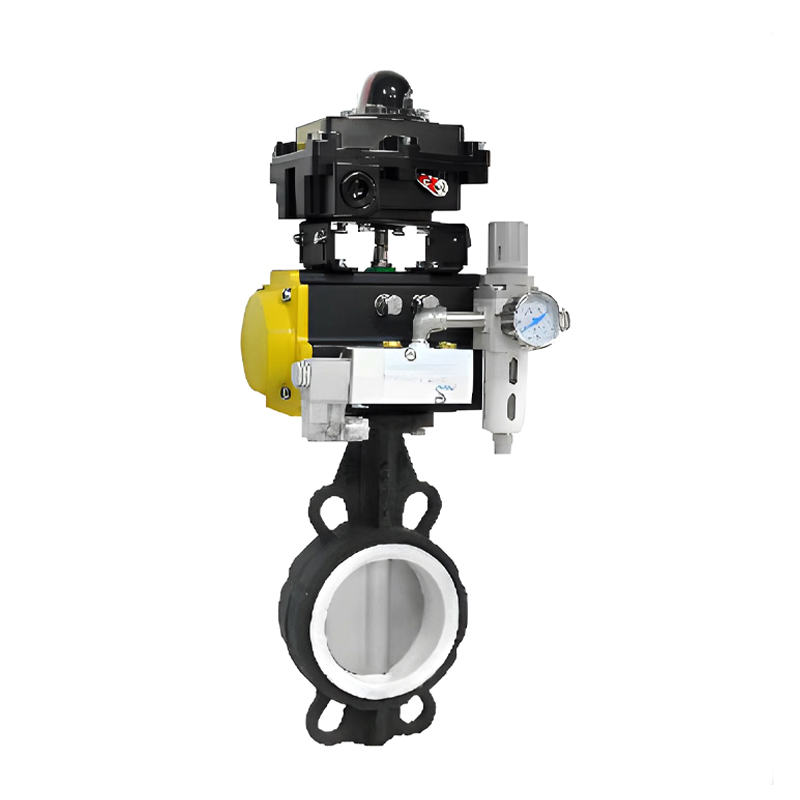
Unlike single acting actuators, which rely on spring return mechanisms for closing or opening, double acting actuators apply air pressure to both sides of the piston, providing full control of the valve's position. This ensures quicker response times, greater force in both directions, and better control accuracy. The double acting mechanism is well suited for applications where rapid cycling or fail-safe operation is not required.
These valves are commonly applied in industrial settings such as water treatment, HVAC, and chemical processing, where they manage large flow volumes with moderate pressure drops. The compact size and minimal maintenance requirements make them an efficient choice for automated flow control systems.
The reliability of Air Operated Butterfly Valves largely depends on their ability to resist corrosion, especially in harsh industrial environments involving aggressive chemicals or moisture. Anti-corrosion treatments are vital to extend the service life of these valves and maintain consistent performance.
Common anti-corrosion methods include surface coating, material selection, and sealing technology. The valve body and disc are often coated with epoxy or polyurethane layers that protect against chemical attack, abrasion, and weathering. In highly corrosive environments, stainless steel or other corrosion-resistant alloys are selected for key components, ensuring structural integrity over extended periods.
Additionally, the sealing materials used in butterfly valves, such as EPDM, PTFE, or Viton, provide chemical resistance and prevent leakage, contributing to corrosion prevention. Regular maintenance and inspection further help in identifying early signs of corrosion and addressing them before failure occurs.
These anti-corrosion measures collectively improve valve durability, reduce downtime caused by corrosion-related failures, and lower maintenance costs, making air operated butterfly valves suitable for applications in wastewater treatment, chemical plants, and marine environments.
The integration of Air Actuated Control Valves in industrial processes has led to significant improvements in automation, accuracy, and operational efficiency. These valves regulate flow, pressure, or temperature by adjusting valve openings based on control signals, often transmitted through pneumatic actuators.
One of the main process improvements is enhanced responsiveness. Air actuated control valves provide fast and reliable adjustments due to the quick response of pneumatic actuators. This responsiveness is crucial in processes requiring tight control, such as chemical dosing, steam flow regulation, and manufacturing lines.
Automation is another key benefit. Air actuated control valves can be integrated with control systems, allowing remote operation and real-time monitoring. This reduces the need for manual intervention, lowers human error, and increases process consistency.
Furthermore, advances in actuator design and control technology—such as positioners and feedback mechanisms—improve valve accuracy. This bring about better process stability, reduced energy consumption, and optimized resource use.
Air actuated control valves enhance industrial processes by enabling precise, automated control, improving safety, and reducing operational costs, contributing to overall process optimization.








